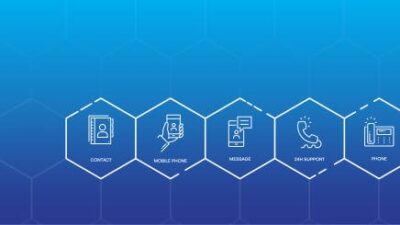Workplace safety in construction remains a paramount concern, with industry statistics consistently showing higher accident rates compared to other sectors. The Occupational Safety and Health Administration reports that construction accounts for approximately 20% of workplace fatalities despite representing only 5% of the workforce. Digital transformation in safety management has introduced sophisticated tools that can significantly reduce these statistics through proactive monitoring, systematic documentation, and predictive analytics. Construction health and safety management software serves as a comprehensive platform that integrates various safety protocols, regulatory compliance requirements, and incident management processes into a unified system. Effective implementation requires systematic approach that encompasses initial setup, user training, process integration, and continuous optimization to achieve maximum safety benefits.
Initial System Configuration and Setup
Proper system configuration forms the foundation for successful safety management software implementation. Begin by establishing organizational hierarchies within the platform, defining roles and responsibilities for each user level from field workers to safety managers and executives. This hierarchy determines access permissions, reporting structures, and approval workflows that align with your organization’s safety governance framework.
Configure safety protocols and checklists based on industry standards such as OSHA regulations, local building codes, and company-specific safety requirements. The software should accommodate customizable safety forms that reflect site-specific hazards and regulatory requirements. Import existing safety documentation including Material Safety Data Sheets, emergency response procedures, and training records to establish baseline safety information within the system.
Establish geographic and project-based organizational structures that reflect your operational footprint. This configuration enables location-specific safety protocols, local regulatory compliance tracking, and targeted incident reporting that accounts for regional variations in safety requirements and environmental conditions.
User Training and Role Assignment
Comprehensive user training ensures effective adoption across all organizational levels. Develop role-specific training programs that focus on relevant functionality rather than overwhelming users with unnecessary features. Field workers require proficiency in mobile reporting, hazard identification, and incident documentation, while safety managers need expertise in analytics, compliance reporting, and system administration.
Implement a phased training approach that begins with core safety personnel before expanding to general users. This methodology allows early adopters to provide peer support and identify potential implementation challenges before full deployment. Create training materials that include video tutorials, quick reference guides, and hands-on exercises that simulate real-world scenarios.
Establish clear accountability measures that define expectations for system usage, reporting frequency, and data quality standards. Regular training refreshers ensure continued proficiency and introduce new features as the platform evolves. Consider implementing certification programs that validate user competency and provide ongoing professional development opportunities.
Daily Operations and Workflow Integration
Effective daily operations require seamless integration between safety management software and existing construction workflows. Begin each workday with digital safety briefings that utilize the platform’s communication features to disseminate safety alerts, weather warnings, and site-specific hazard information. These briefings should incorporate lessons learned from recent incidents and highlight ongoing safety initiatives.
Implement systematic hazard identification processes that leverage mobile capabilities for real-time reporting. Field personnel should conduct regular safety inspections using standardized checklists that automatically generate corrective action items and assign responsibility for resolution. The software should track completion status and send automated reminders to ensure timely hazard mitigation.
Integrate safety documentation with project management systems to ensure safety requirements are considered during scheduling and resource allocation decisions. This integration enables proactive safety planning that identifies potential conflicts between safety protocols and project timelines, allowing for adjustments before issues arise.
Incident Management and Investigation
Robust incident management capabilities enable rapid response and thorough investigation of safety events. Configure automated notification systems that immediately alert relevant personnel when incidents are reported, ensuring prompt medical attention and proper scene preservation. The platform should facilitate detailed incident documentation including photographs, witness statements, and environmental conditions at the time of occurrence.
Utilize the software’s analytical capabilities to identify incident patterns and root causes that may not be apparent through manual analysis. Advanced platforms employ machine learning algorithms that analyze incident data to predict high-risk scenarios and recommend preventive measures. This predictive capability enables proactive safety interventions rather than reactive responses to incidents.
Establish systematic investigation protocols that ensure thorough analysis of contributing factors including equipment failures, procedural violations, and environmental conditions. The software should support collaborative investigation processes that involve multiple stakeholders while maintaining confidentiality and legal compliance requirements.
Performance Monitoring and Continuous Improvement
Regular performance monitoring provides insights into safety program effectiveness and identifies opportunities for improvement. Utilize dashboard analytics to track key safety metrics including incident frequency rates, near-miss reporting levels, and compliance audit results. These metrics should be monitored at multiple organizational levels to ensure accountability and identify trends that require management attention.
Implement benchmarking processes that compare safety performance against industry standards and historical data. Advanced platforms provide comparative analytics that highlight areas of strong performance and identify opportunities for improvement. This data-driven approach enables evidence-based decision-making that optimizes safety investments and resource allocation.



